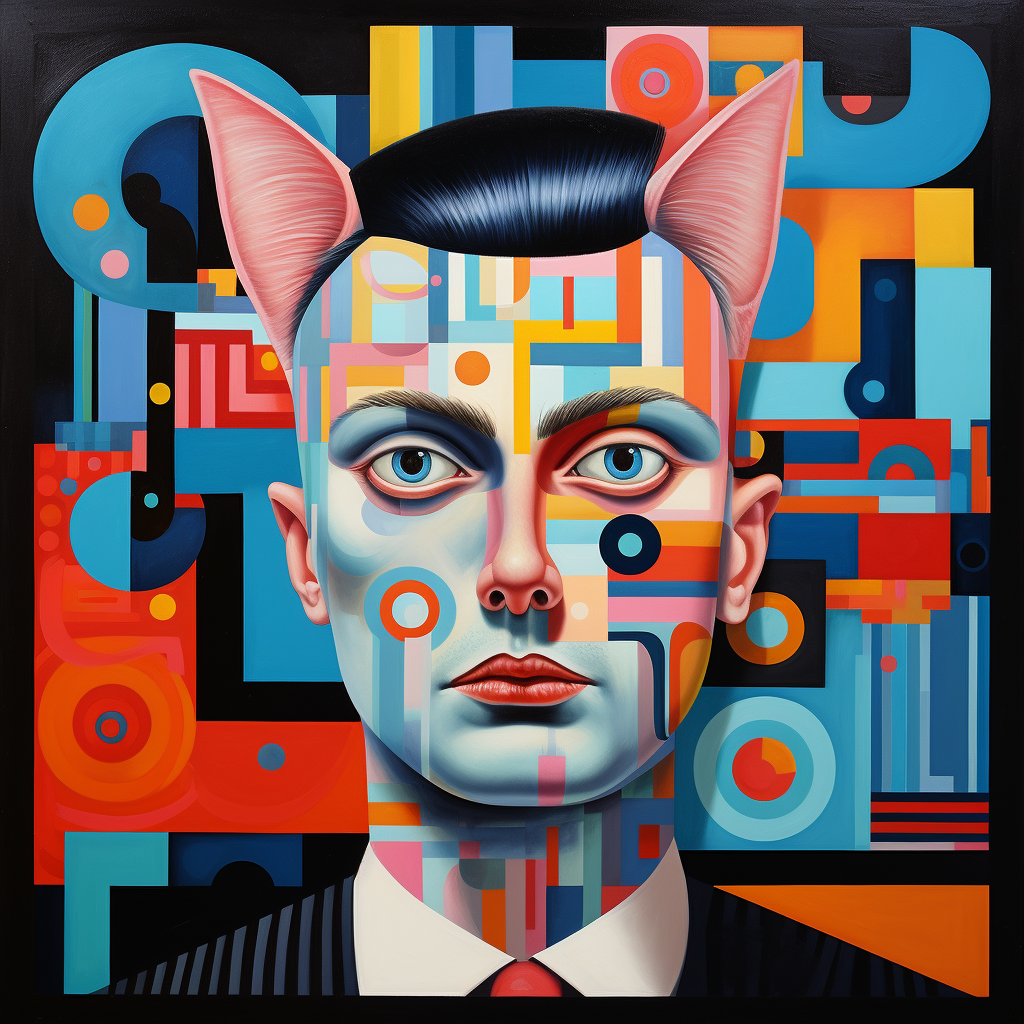In 1953, Harold, a young and vibrant Englishman visiting New York City, met with an accident that sent him into a coma. In 2023, an unexpected medical breakthrough woke him up.
Harold was not just any Englishman; he was a burst of energy, with eyes that sparkled with mischief and a heart that yearned for the unknown. Born and raised in the tranquil English countryside, where the most excitement was the annual village fair, Harold always felt like a bird caged by the familiarity of home. So, when he found himself in New York in 1953, he was ecstatic. The city’s skyscrapers loomed like giants, and its streets pulsed with life, offering mysteries in every corner. The Big Apple didn’t just offer him a bite; it swallowed him whole into its vibrant rhythm, and Harold was more than willing to dance along.
With the crisp notes of Sinatra wafting from his brand-new record held under his arm, Harold was lost in a world of his own as he started across Fifth Avenue. His foot had barely touched the tarmac when a panicked voice shattered his reverie.
“Oi, mate! Look out!” shouted a sharp-eyed New Yorker from the sidewalk, seeing the impending danger.
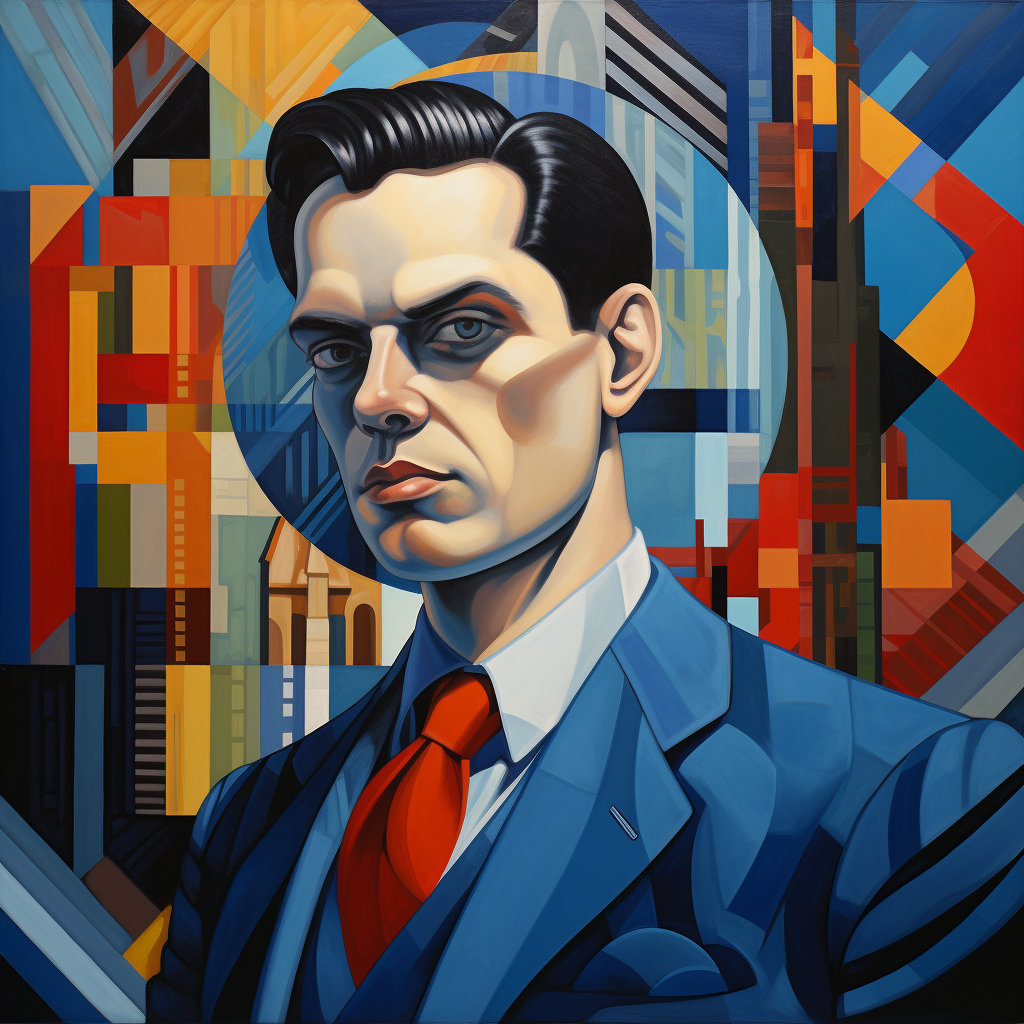
But Harold’s feet felt glued to the street, and his eyes widened in horror as the screeching tyres of a rogue taxi grew louder. The driver, equally alarmed, honked frantically and swerved, but the momentum was too much.
“I tried to brake! I swear!” the taxi driver later told the gathering crowd, guilt evident in his eyes.
Yet, in that split second, fate sealed its decision. The taxi’s bumper met Harold, sending him to the ground, and into a coma so profound and mysterious that it left medical professionals scratching their heads for years to come. The city that never sleeps had ironically put Harold into an unwakeable slumber.
The year 2023 brought with it a medical revelation that no one saw coming. In a cutting-edge New York hospital, doctors and scientists hovered around a particular bed, murmuring excitedly.
“We’re attempting the new procedure on Harold today,” Dr. Lewis said, peering at the chart. “If it works, it’ll be history in the making.”
“Nurse, please proceed with the injection,” said Dr. Jones. “If this wakes him up, we’re certainly in the running for a Nobel Prize next year.”
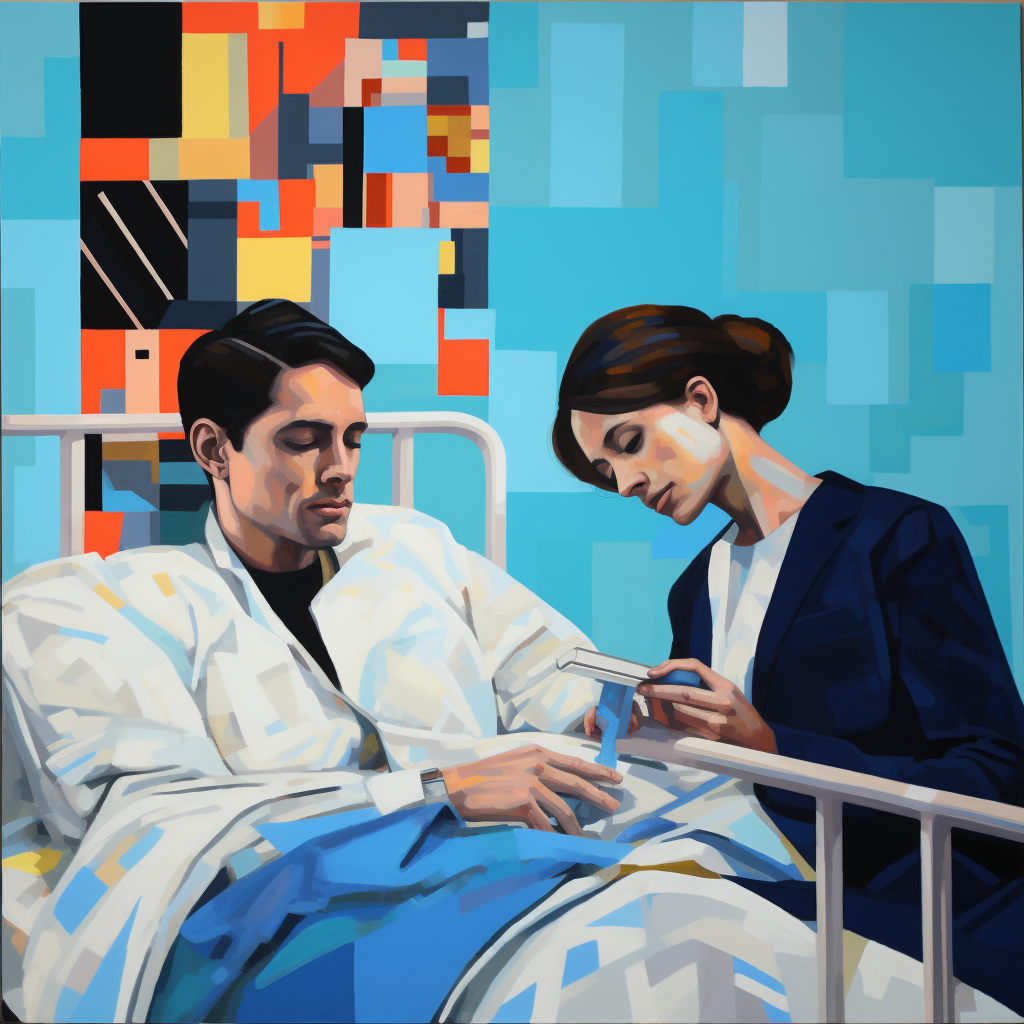
Precisely at 12:06, the nurse injected a blue fluid into Harold’s right arm. Then the curtain separating Harold from the window was adjusted, allowing only tiny slivers of sunlight to shine onto his face. This created the illusion that it was the sunlight piercing through the gaps in the curtain that roused Harold from his deep slumber.
As his eyes fluttered open, he expected to see the familiar faded wallpaper of his 1950s apartment. Instead, he was met with a sleek, sterile room that looked like something out of a science fiction novel. He then noticed two doctors and a nurse silently observing him from a distance. For a few moments, he lay still, his mind racing as he tried to make sense of his surroundings. Panic welled up within him as he remembered the last thing he saw—the unfamiliar drink and the laughing group of youngsters. Had he been drugged? Kidnapped? Was this some bizarre dream?
Dr. Lewis noticed Harold’s eyes fluttering open and immediately stepped forward, a mixture of hope and concern in his eyes. “Mr. Thompson, can you hear me?”
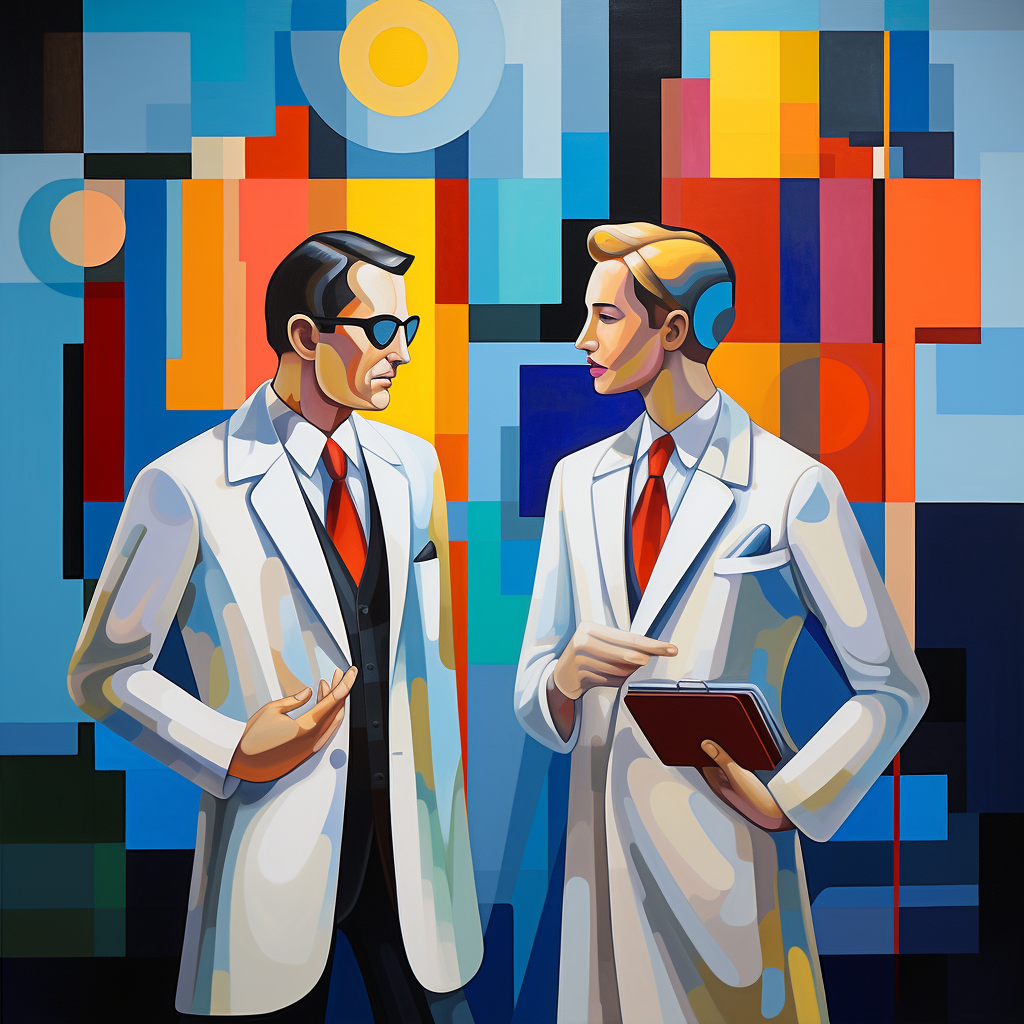
Harold’s eyes darted from one face to another, his breathing quickening. “Where…where am I?” he managed to stammer out.
“You’re in a hospital,” Dr. Jones replied softly, trying to soothe him. “You’re safe here.”
Harold’s eyes narrowed suspiciously. “Hospital? The last thing I remember is…”
Dr. Lewis exchanged a glance with Dr. Jones before addressing Harold. “You’ve been in a coma for quite some time, Mr. Thompson. We’ve been taking care of you here.”
“A coma?” Harold repeated, disbelief evident in his voice. “But…how?”
“The specifics can wait,” Dr. Jones interjected. “What’s important now is that you’re awake. Nurse, can you please check Mr. Thompson’s vitals?”
The nurse nodded, moving efficiently to Harold’s side to check his blood pressure and pulse.
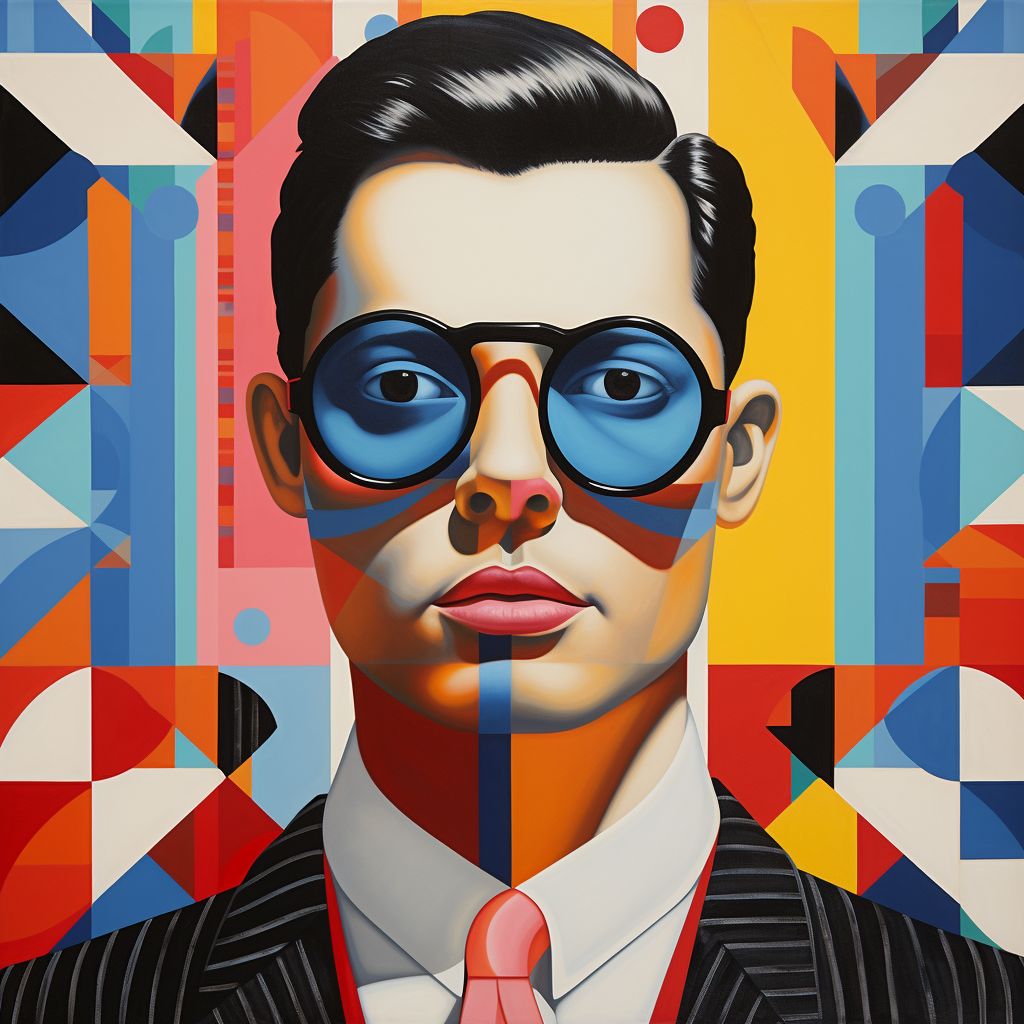
As the nurse worked, Harold tried to absorb the information. A coma? It didn’t make any sense. He felt a wave of exhaustion wash over him but fought to stay awake, determined to get some answers.
Dr. Lewis noticed his struggle and offered a reassuring smile. “It’s alright, Mr. Thompson. You’re going to be okay. We’re going to take good care of you.”
Harold nodded weakly, still feeling overwhelmed but slightly reassured by the doctor’s words. He closed his eyes for a moment, taking a deep breath before opening them again. “Thank you,” he whispered, not quite sure what else to say.
The nurse printed out a copy of Harold’s medical results. “All vitals are absolutely fine,” she said, handing the results to Dr. Lewis.
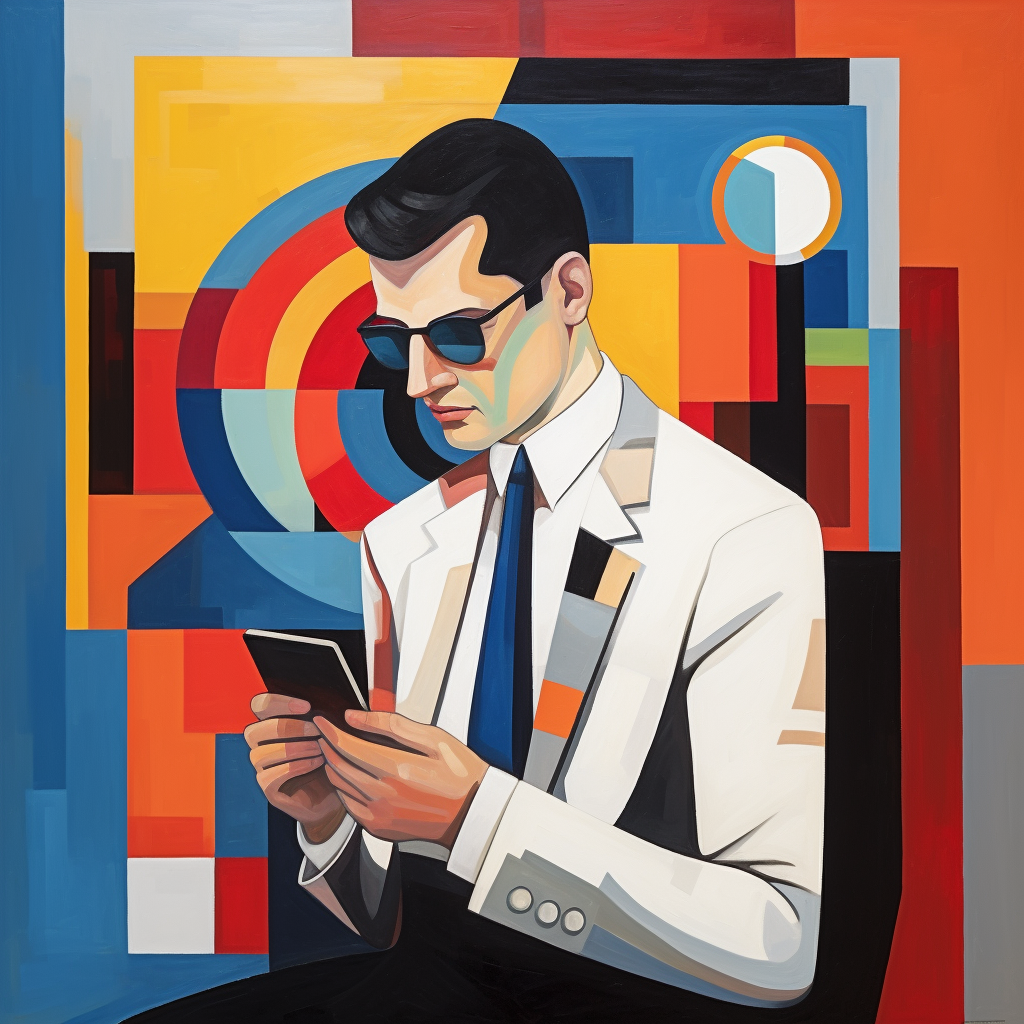
The two doctors spent some time going through the printouts. “I don’t see any reason we should keep you in bed, Mr. Thompson,” Dr. Lewis said. “Nurse, why don’t you help Mr. Thompson out of bed and have a quick walk?” Dr. Jones added.
The nurse slowly helped Harold out of bed. Shockingly to everyone, he did not need much support. Staggering slightly, he walked to the window. The cityscape outside was alien to him. Towering glass structures reached up into the sky, vehicles that hovered just above the ground zoomed by without any drivers, and large screens on buildings displayed vibrant animations.
His heart raced, and his palms were clammy. “What day is it today?” he muttered to himself. There was an electronic panel by his bed. Tentatively, he touched it and almost jumped out of his skin when a voice responded.
“Good morning, Harold. The date is August 10th, 2023. You are in a recovery suite in New York City.”
He backed away, disbelief painted across his face. “2023? That’s impossible…” His voice trailed off, the weight of the situation pressing down on him. The realization that everyone he once knew — his friends, family, loved ones — might be long gone dawned on him. Tears welled up in his eyes.
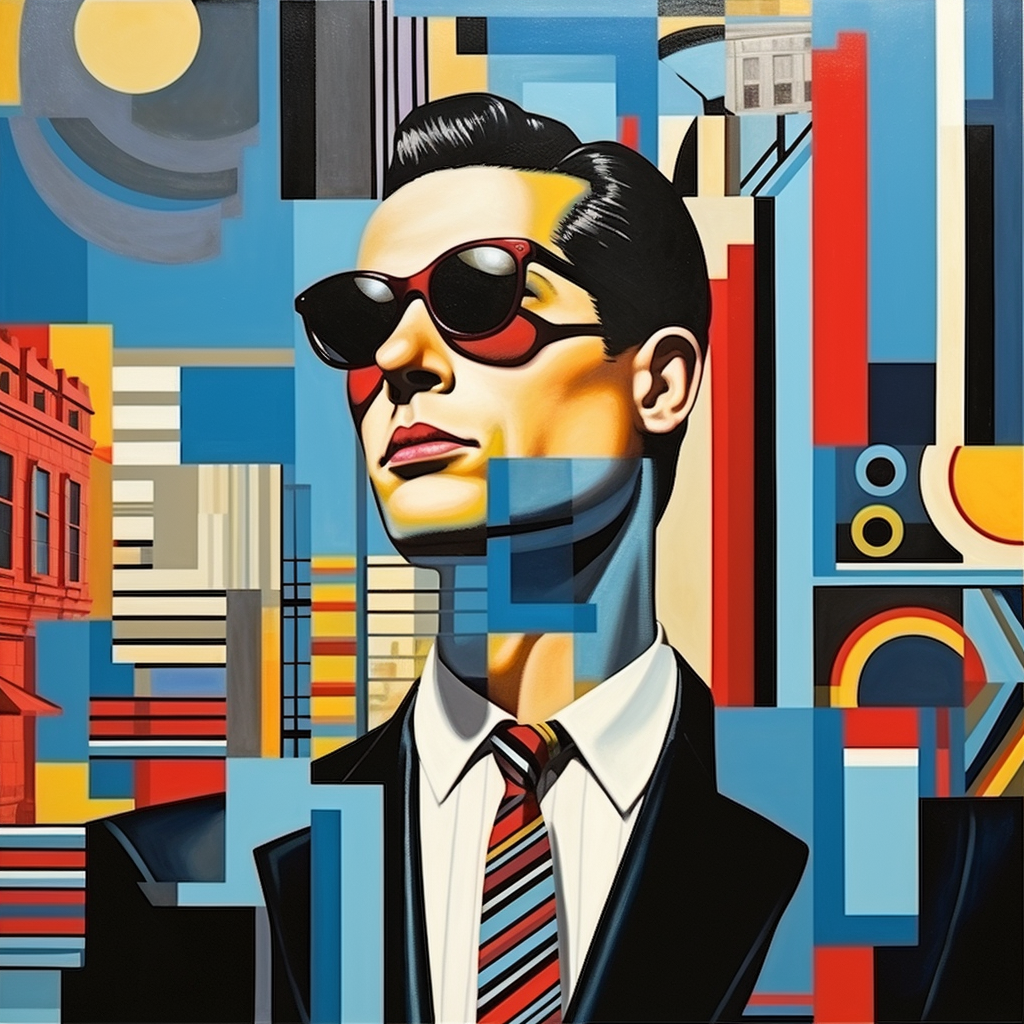
He sank to the floor, wrapping his arms around his knees, trying to process the overwhelming reality. But as the initial shock began to fade, a spark of curiosity ignited. Harold had always been a man of adventure, and while the circumstances were bewildering, he decided he wouldn’t let fear hold him back.
“You will be absolutely fine, Mr. Thompson,” Dr. Jones said. “We will take good care of you.”
Harold wiped his tears and took a deep breath. “Alright, 2023,” he whispered to himself, determination in his eyes. “Let’s see what you’ve got.”
Two months after waking up from his 70-year slumber, Harold stepped out onto the bustling streets of New York, feeling a mix of excitement and trepidation. The world had changed drastically, and although he had spent the past weeks being briefed on modern technology and society, he was still in awe of everything he saw.
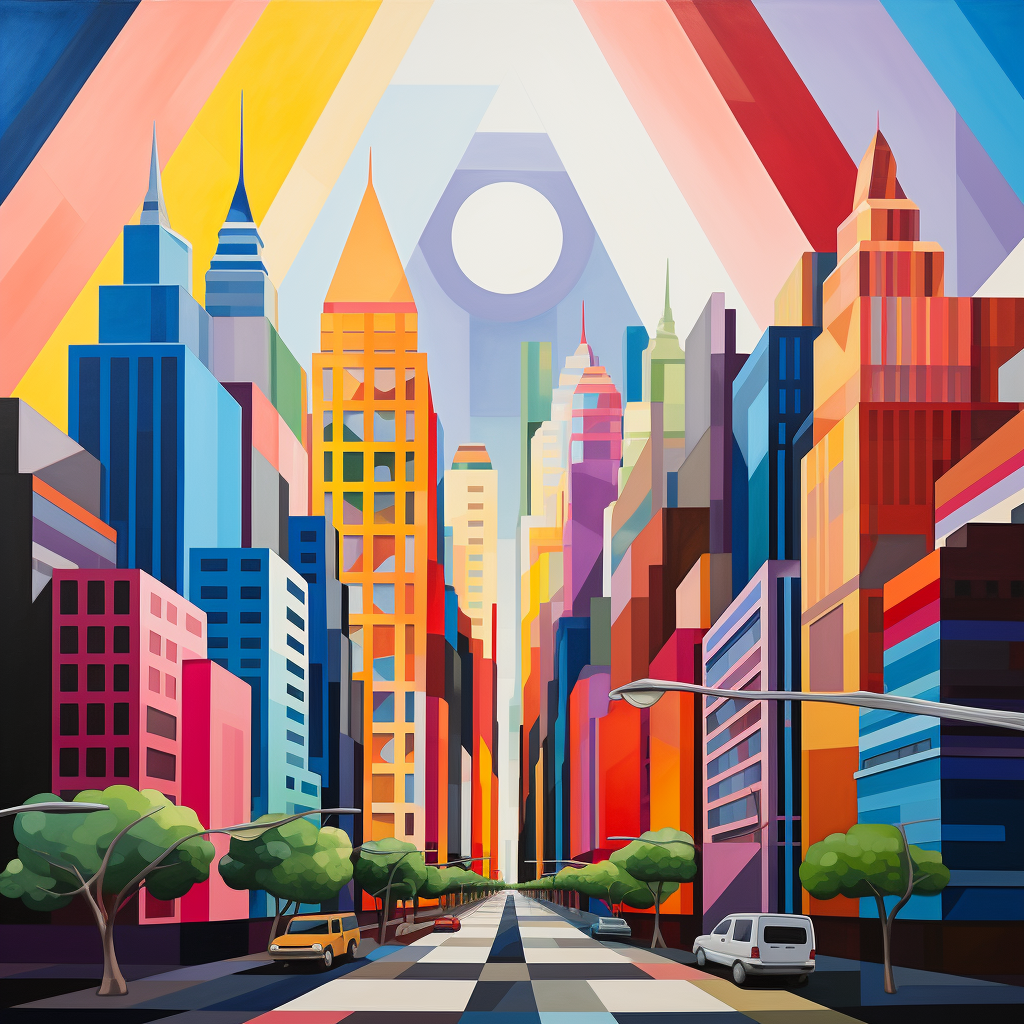
As he strolled, a sleek car glided silently beside him, no driver in sight. Startled, he turned to a nearby hot dog vendor, pointing at the car.
“Oi! How’s that car moving without a driver?” he asked, his voice laced with genuine astonishment.
The vendor, who had been arranging his goods, looked up and followed Harold’s gaze. He then looked back at Harold, a hint of surprise evident on his face. “Oh, you mean that?” he said, nodding toward the car. “That’s an autonomous vehicle. They’ve become quite common these days. No driver needed, mate. The car does all the work!”
Harold blinked in disbelief, trying to wrap his head around the concept. “So, you’re telling me it just… drives itself?”
The vendor nodded, still a bit taken aback by Harold’s reaction. “Exactly that. Sensors, cameras, advanced software – it’s all pretty high-tech. Can’t believe there’s still someone who hasn’t seen one before!”
Harold chuckled lightly, “Well, consider me enlightened then. The wonders of your world never cease to amaze.”
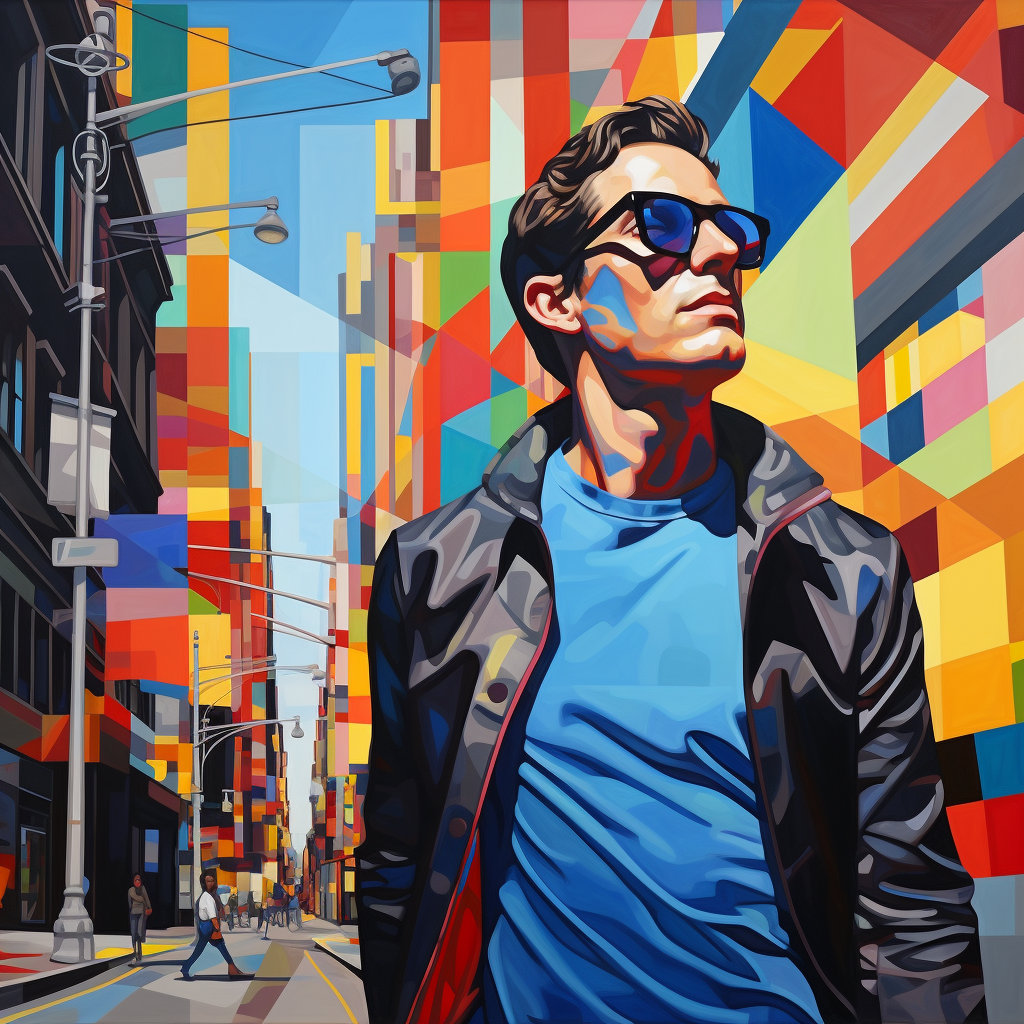
Still attempting to process the wonders of autonomous vehicles, Harold’s attention was suddenly drawn upwards. He took a few steps back, shielding his eyes from the sun’s glare as he tried to gauge the height of the surrounding structures. The massive skyscrapers dwarfed anything he’d ever known, appearing to merge with the heavens above.
Sipping her morning coffee at a nearby stand, a woman with streaks of silver in her hair noticed Harold’s wide-eyed astonishment. “First time seeing these giants up close?” she asked with a knowing smile, passing a steaming cup of latte to a waiting customer.
Harold turned towards her, nodding. “It’s just… I’ve never seen anything like this. They’re so… immense.”
She chuckled softly, following his gaze to the skyline. “I remember feeling the same way when I moved here. Buildings today, they’ve become marvels of modern engineering. They say the view from the penthouse of that one,” she gestured towards the tallest of the skyscrapers, “feels like you’re dancing with the stars.”
He smiled appreciatively at her, grateful for the shared moment in a world that felt increasingly alien. “It’s a brave new world,” he mused.
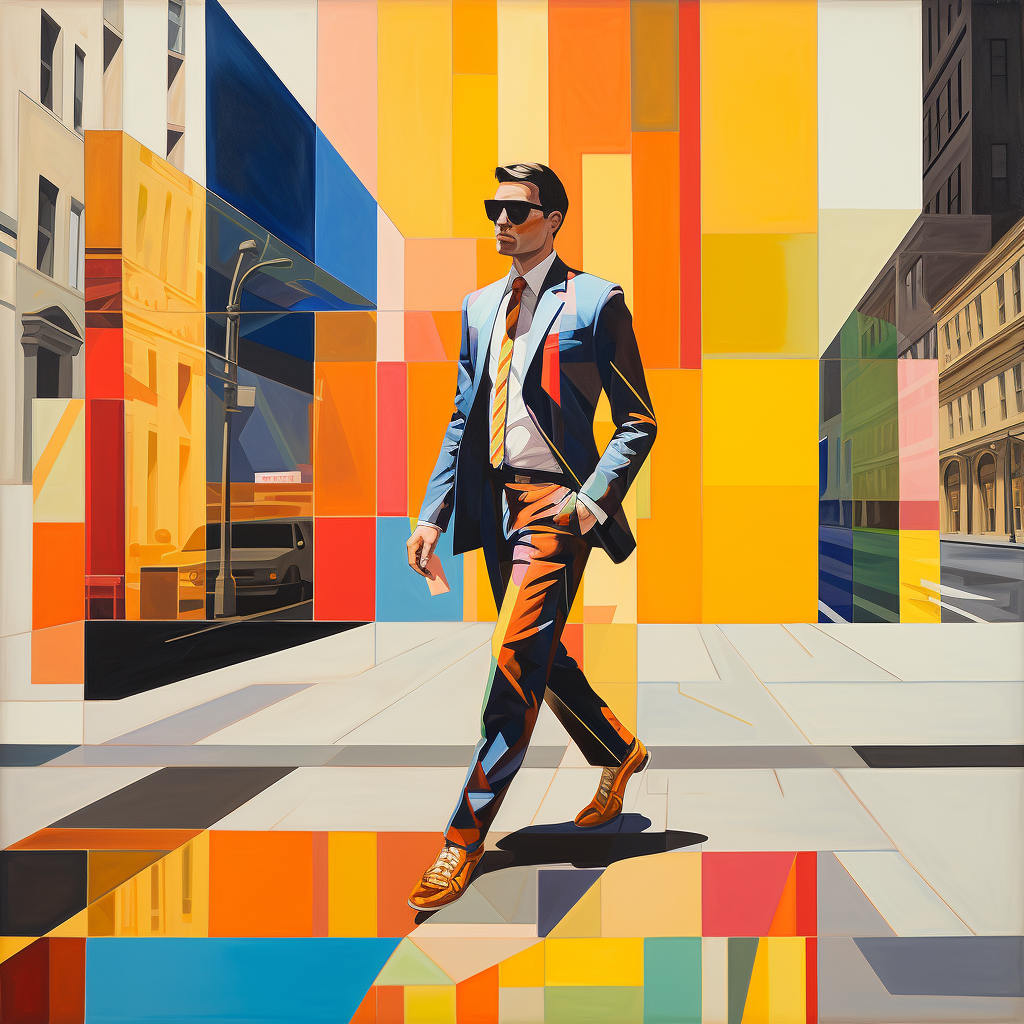
She winked, taking another sip from her cup. “Every day, it seems. Enjoy the view!”
He gave her an awestruck nod, continuing on. His eyes then caught a group of young people wearing holographic clothing that shifted patterns and colours. “Blimey! What’s this fashion?” Harold muttered to himself.
A trendy teen overheard and replied, “It’s the latest in dynamic fashion. The colours change based on our mood! Cool, right?”
Harold chuckled, nostalgia evident in his eyes. “It reminds me of something from my time. We had these little things called mood rings. You’d wear them, and they’d change colors, supposedly reflecting your feelings. This,” he gestured towards the teen’s jacket, “seems like the future took that idea and ran wild with it.”
The teen laughed, adjusting her holographic sunglasses. “Guess every generation has its own way of wearing its heart on its sleeve, or in our case, the whole outfit. Imagine what they’ll come up with next!”
Lost in observation, Harold noticed a recurring phenomenon: nearly everyone, young or old, was engrossed in little glowing rectangles. His curiosity piqued, he approached a young man seated on a park bench, who seemed deeply engrossed in his own device.
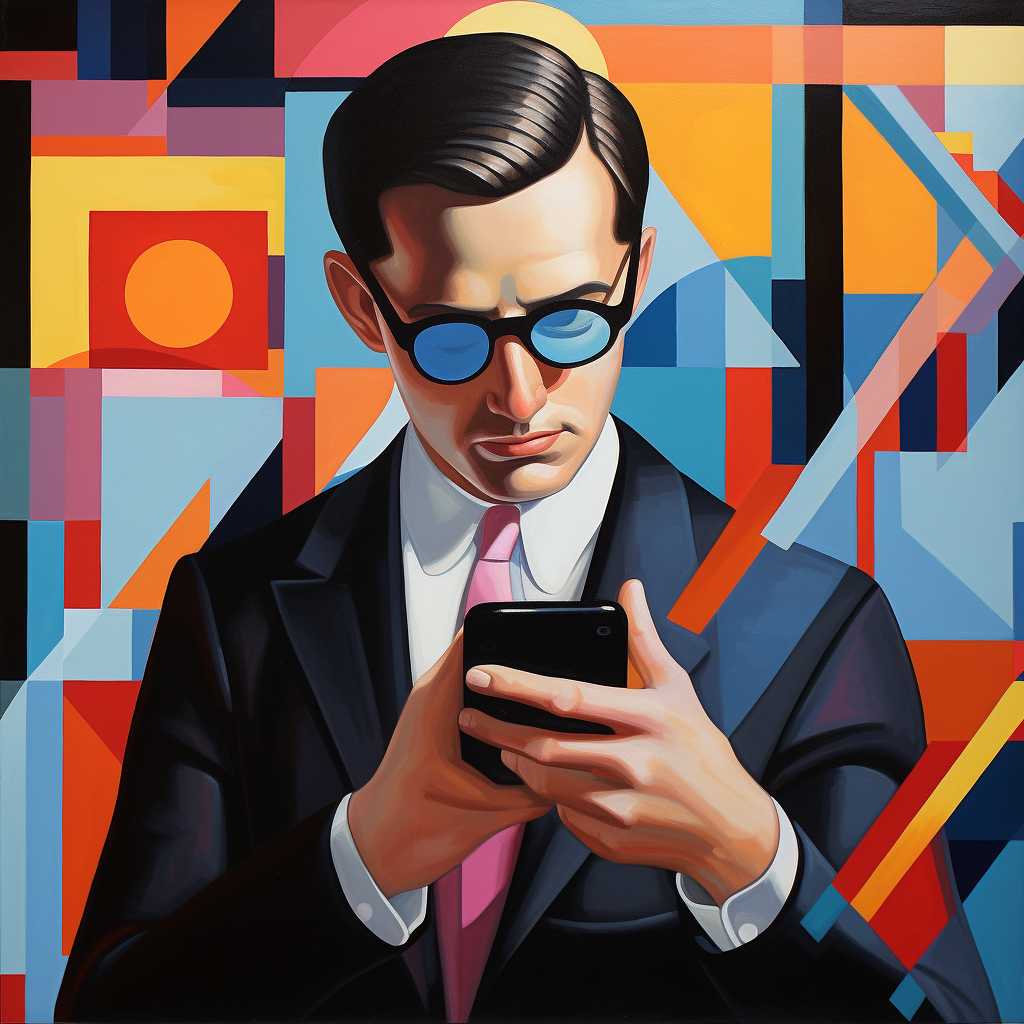
“Excuse me,” Harold began hesitantly, “I can’t help but notice everyone is so…captivated by those small things. What are they?”
The young man glanced up, eyebrows raised in surprise. “You mean you don’t know? This is a smartphone.” Noting Harold’s blank expression, he continued, “It’s, well, imagine having the world in your pocket. Books, maps, photographs, letters – all in this one device.”
Harold leaned in closer, fascination evident. “So it’s like a… telephone, but with added brains?”
The young man laughed heartily. “That’s one way to put it! But yeah, it’s way more than a phone. It’s a camera, a mini-computer, a jukebox, even a TV of sorts.”
As the two conversed, the young man had an epiphany. “Wait a second… people on my vlog would love to hear from someone seeing a smartphone for the first time. Would you be up for a quick video?”
Harold, slightly bewildered but always up for new experiences, replied with a tentative smile, “Sure, as long as you guide me through. I’m still grappling with the pace of everything.”
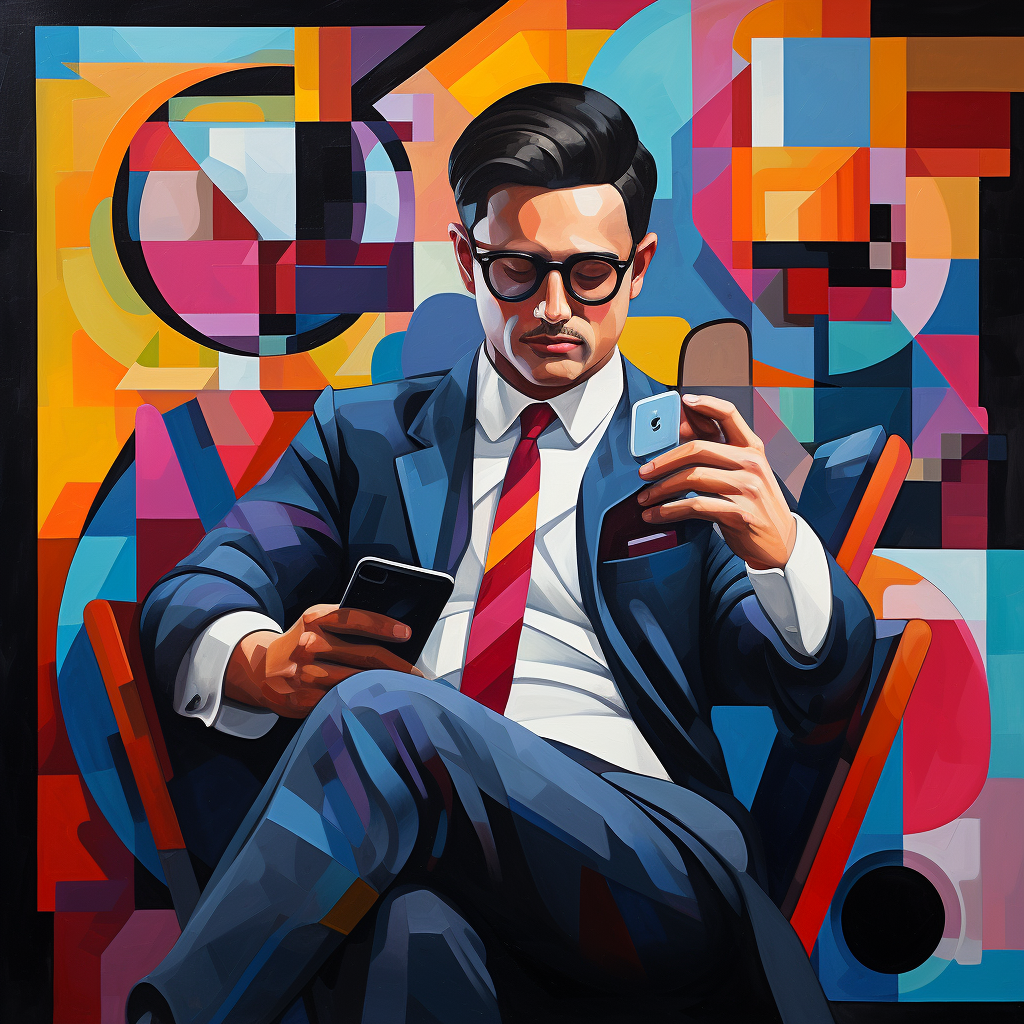
Positioning his smartphone, the young man beamed at the camera. “Alright, folks, meet Harold. Harold, what’s the most astonishing thing you’ve witnessed since your…unexpected journey to our times?”
Harold hesitated for a moment, thinking, “Well, these driverless cars are rather bewildering, and those high-rising buildings… It’s as if I’ve walked into a science fiction tale!”
As they continued conversing, the young man subtly uploaded the video to his social media with the caption, “Man from the 50s rediscovering the modern world! #TimeTraveler #LostInTime.”
Within minutes, the video started gaining traction. Comments, shares, and likes poured in. “Is this for real?” one comment read. “This is pure gold,” another declared.
The story of the man who had missed seven decades only to wake up in a future that was almost incomprehensible to him caught the world’s attention. News outlets began reaching out, eager to cover the remarkable story.
Harold, from being lost in time, had now become an instantaneous global sensation, serving as a bridge between two vastly different eras. The world was captivated not just by his story, but also by his genuine reactions to a world vastly changed.
Harold’s meteoric rise to fame attracted a bevy of advisors and assistants, each clamoring to be the one to guide him through the maze of modernity. Among them was Mia, a spirited young assistant with a keen sense for technology and its impact on society. She was genuinely fascinated by Harold’s perspective, having grown up in a digital world far removed from his analog roots.
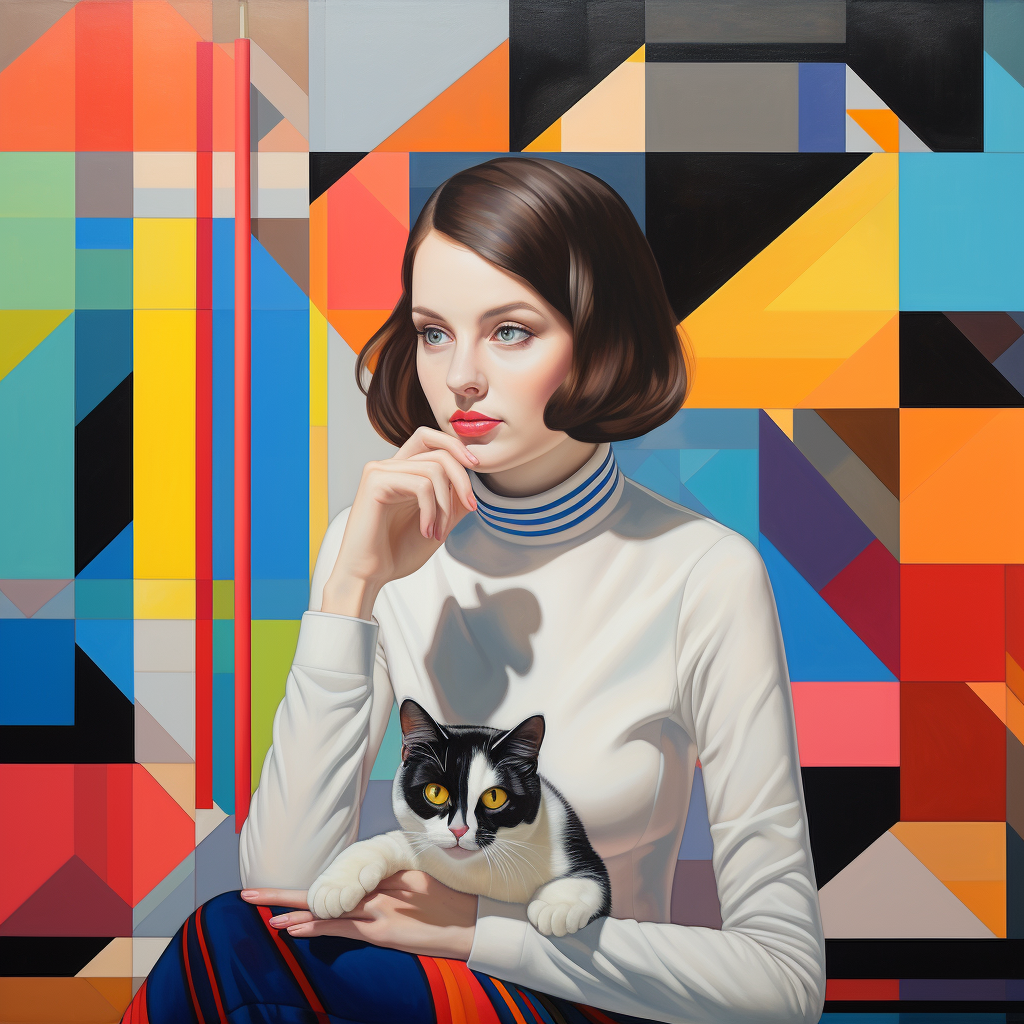
One day, as Harold was trying to navigate the myriad of notifications on a computer, Mia approached him with a sleek device in hand. “Harold,” she began, her eyes sparkling with excitement, “this,” she held up the smartphone, “is going to change your world.”
Harold peered at the device skeptically, “Is it another one of those gadgets everyone seems to be glued to?”
Mia chuckled, “Exactly that! But it’s so much more. Think of it as your portal to… well, everything. Conversations, information, memories – all in the palm of your hand.”
As weeks passed, Mia became Harold’s unofficial tech guru, guiding him through apps, explaining internet slang, and even setting up his social media profiles. Their conversations were filled with a mix of her youthful exuberance and his timeless wisdom. One memorable exchange had Mia laughing as she said, “Just swipe left, Harold, if you don’t like it.” To which Harold replied with a smirk, “In my days, we just turned our heads.”
With Mia’s guidance, Harold set up his profiles, his username being a nostalgic nod to his past: @VintageVoyager53. With every tap and swipe, he delved deeper into the realms of Instagram, Twitter, and TikTok.

His first post was a black and white photo from his youth, captioned, “Throwback to my original era. How did I fare in the 50s? #TimeTraveler”. It went viral instantly.
The world became enthralled with Harold’s journey of discovery. Each post he shared—a video of him tasting avocado toast for the first time, a photo of him trying on modern sunglasses, or simply him sharing his reflections on the changes around him—garnered millions of likes and comments.
“Tell us more about the 50s!” one user would comment. Another would ask, “What’s your favourite modern-day invention?” His DMs were flooded with messages, ranging from heartfelt stories of grandparents who lived in the same era to curious teens eager to learn about history from a firsthand perspective.
Brands, too, saw the appeal. Offers poured in for collaborations, with tech companies eager to have him review their latest products and fashion labels wanting him to sport their newest lines. All the while, Harold maintained his genuine, endearing approach to everything, making his followers feel like they were on this journey of rediscovery alongside him.
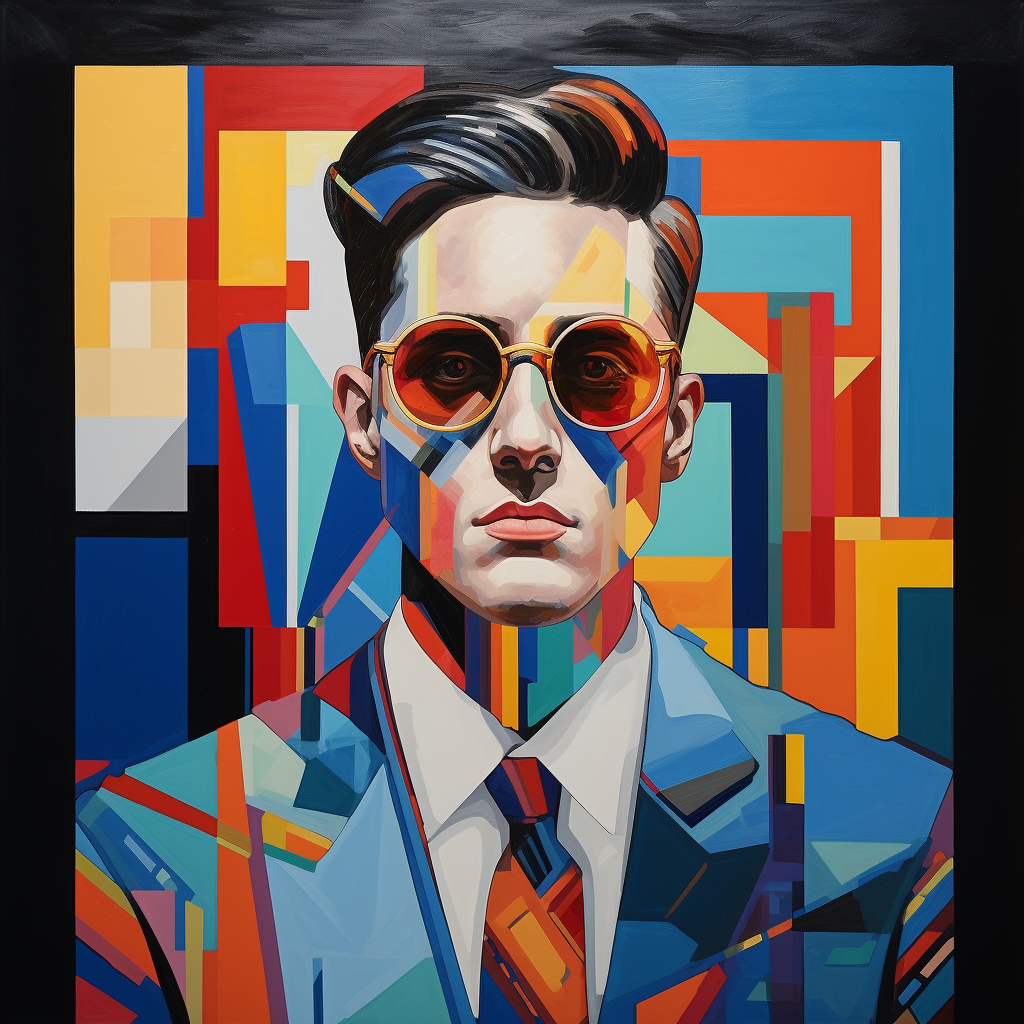
His authenticity and unique perspective catapulted him to influencer status in record time. But with his smartphone securely in hand, Harold’s journey of discovery expanded beyond the world of social media. He soon stumbled upon the vast expanse of the internet—a digital universe, so to speak, where information flowed freely and knowledge knew no bounds.
One day, in between his social media sessions, Mia showed him how to use a search engine. “It’s called Google. You can ask it anything, and it’ll have an answer,” she explained.
Harold, with childlike wonder, typed in questions about the 50s, modern history, space exploration, and countless other topics. “It’s like having the world’s grandest library in your pocket,” he mused, visibly amazed. “Back in my day, we had to visit a library and hope they had the book we needed. Now, it’s all here,” he said, tapping his phone.
Yet, as he delved deeper, Harold noticed a peculiar trend. While the internet was an invaluable treasure trove of information, many were merely skimming its surface. He observed that while social media platforms facilitated conversations, many of these interactions lacked depth. People would often talk past each other, with discussions turning superficial or, at times, even combative over trivialities.
“But Mia,” Harold asked with a furrowed brow, “all these people have access to all the world’s knowledge, yet they spend their time looking at images of cats and talking with strangers?”
Mia chuckled, “It’s a bit more complicated than that. But yes, that’s part of it.”
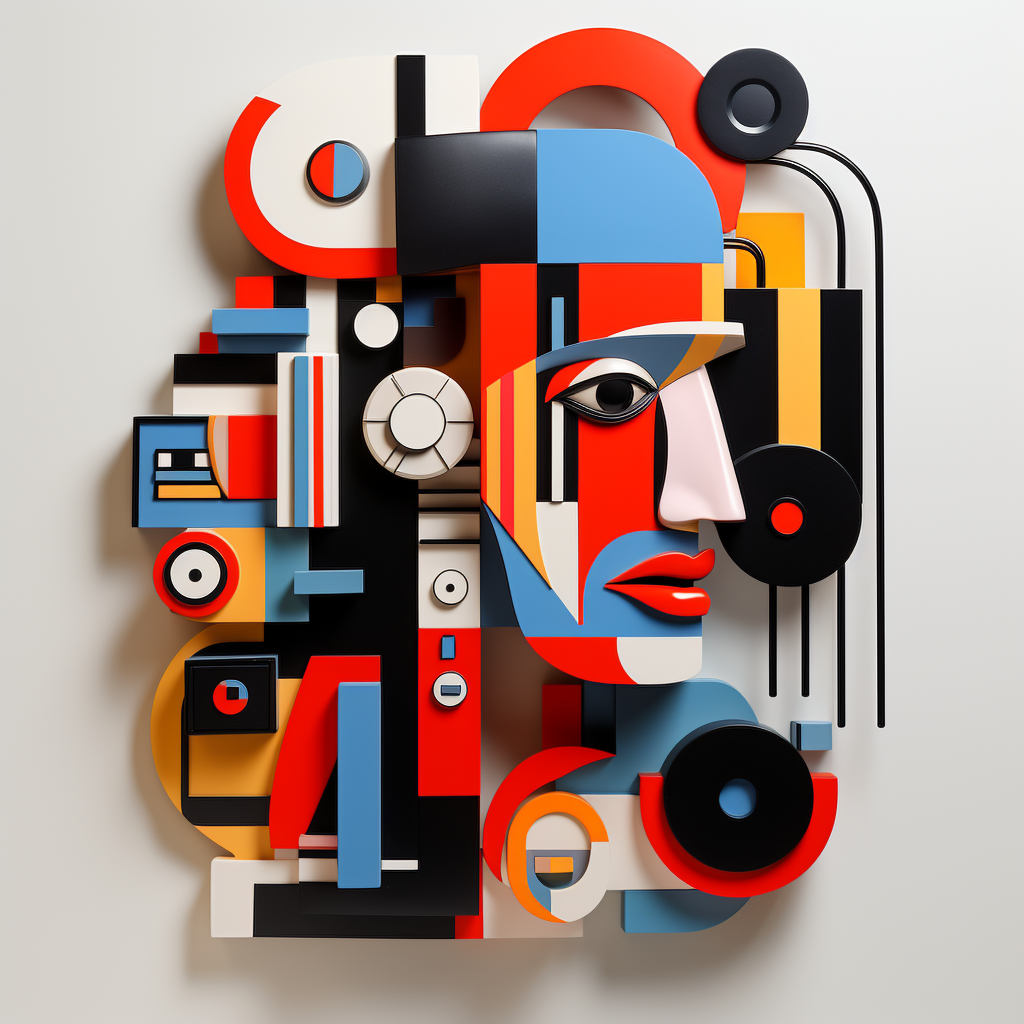
Harold spent the following weeks trying to reconcile the potential of this technology with its often trivial usage. He felt a strange melancholy about the whole affair. So much power and potential, yet, from his perspective, it seemed to be squandered on frivolities.
Harold’s growing unease reached a boiling point one night. With the city’s neon lights as his backdrop, he fired up a live-stream.
“Listen up!” he began, his voice commanding attention. “You lot have the world’s knowledge in your pocket, and what do you do? Drown in cat memes and bicker with strangers? Back in my day, we dreamt of having information at our fingertips!”
Mia tried to intervene, “Harold, maybe tone it down a bit.”
But Harold was unyielding. “No, Mia. They need to hear this. Your gadgets might be smarter, but are you becoming wiser? Or just more distracted?”
The internet was abuzz after Harold’s stream. While a handful of users supported his sentiment, the vast majority were outraged by the language he used. His phrasing, seen as condescending and insensitive, was quickly picked apart and analyzed by netizens.
One user tweeted, “Harold’s choice of words just showed his ignorance. How can you critique something without understanding it?” Another commented, “It’s not what he said, but how he said it. Disappointing.” A viral post read, “Old man yells at digital cloud and expects us to applaud?” The hashtags #HaroldOutOfTouch and #CancelHarold trended globally.
Memes circulated, juxtaposing Harold’s earlier, wholesome moments with screenshots from his controversial live-stream. The mockery was unending. Comments ranged from “Harold, maybe stick to what you know!” to more harsh responses like, “Time to log off forever, grandpa.”
The platforms that had initially embraced Harold’s unique narrative now found his presence problematic. Fearing further backlash, they deplatformed him, erasing his digital presence one platform at a time. From an internet darling, he had become a cautionary tale overnight.
In the quiet aftermath, Mia visited Harold’s apartment, finding him staring blankly at the now inert device. The weight of the world’s digital scorn was etched on his face. He looked up, bewildered. “I just… I didn’t expect… How did it all go so wrong?”
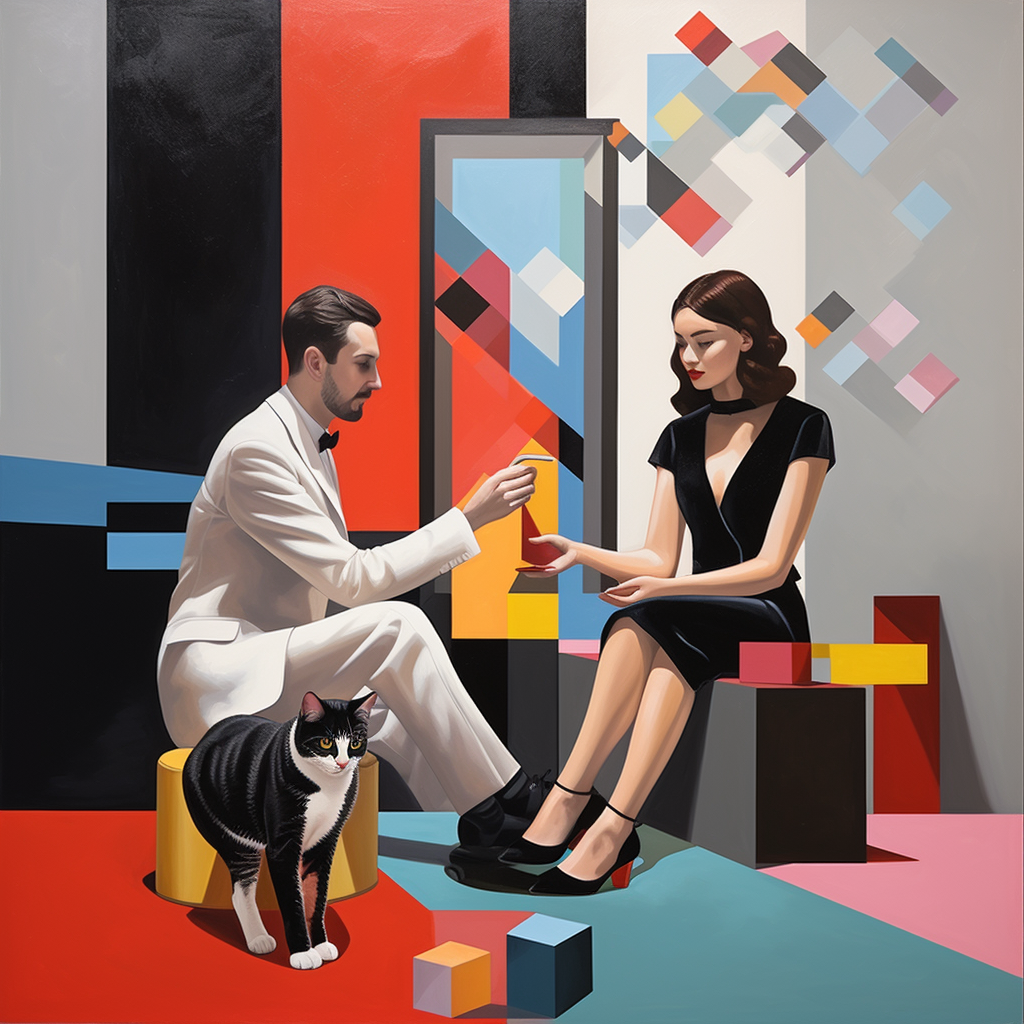
Mia, sensing his profound isolation, had brought along a gift. A furry feline companion, purring softly. “Meet Whiskers,” she said gently, placing the cat on his lap. “Sometimes, Harold, the best connection is the real, tangible one.”
And there, amidst the tumultuous digital storm, the man out of time found solace in the simple joy of a cat’s purr. A reminder that beyond screens and bytes, real life and its simple pleasures still mattered most.
All images generated using Midjourney using the following prompt: “fusion of De Stijl and geometric abstractionism, and fauvinism, prismatic, 3D”
